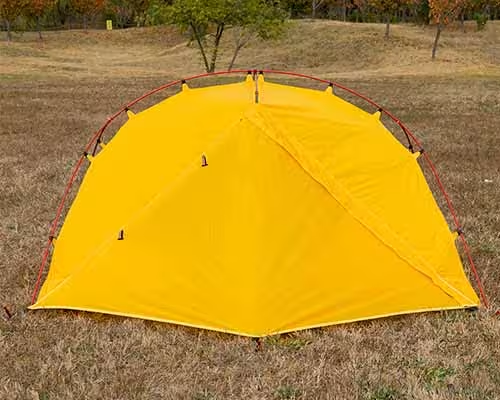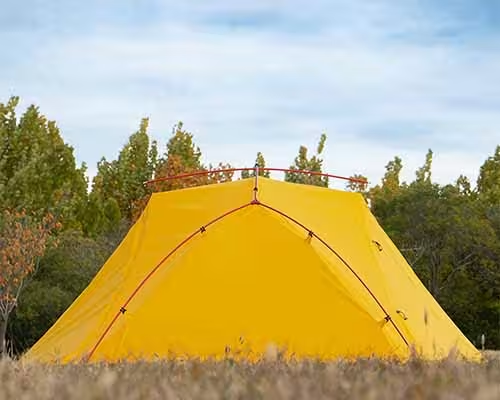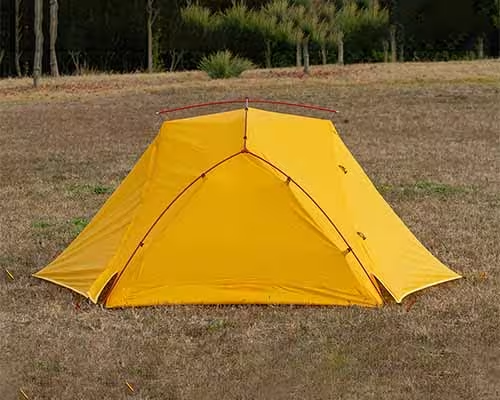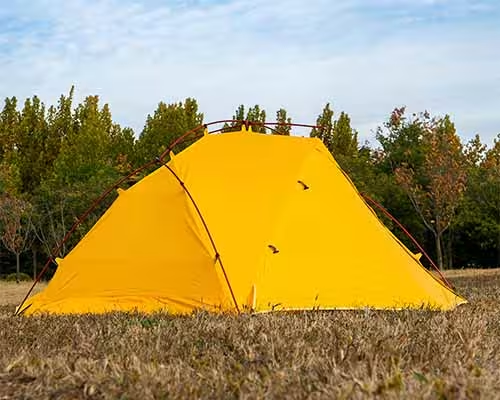Welcome to My Blog!
Before we dive into the content, I’d love for you to join me on my social media platforms where I share more insights, engage with the community, and post updates. Here’s how you can connect with me:
Facebook:https://www.facebook.com/profile.php?id=61569274896143
Now, let’s get started on our journey together. I hope you find the content here insightful, engaging, and valuable.
Table of Contents
Introduction

As a leading supplier of high-performance mountaineering gear, we understand the critical role a reliable tent plays in the success of alpine expeditions. The best mountaineering tent is not just a shelter; it’s a fortress against the elements, a sanctuary in the wilderness, and a testament to engineering excellence. In this comprehensive guide, we delve into the intricacies of selecting the best mountaineering tent, providing insights to help climbers make informed decisions.
Key Considerations When Choosing the Best Mountaineering Tent
Weather Resistance and Seasonality
Mountaineering tents must withstand extreme weather conditions, including high winds, heavy snowfall, and sub-zero temperatures. A true four-season tent is designed with robust materials and structures to endure these challenges, ensuring safety and comfort.
Weight and Portability
Every ounce counts when ascending peaks. The best mountaineering tent strikes a balance between durability and weight, offering lightweight designs without compromising structural integrity.
Ease of Setup
In unpredictable alpine environments, quick and straightforward tent setup is essential. Features like color-coded poles and intuitive designs facilitate rapid assembly, even in adverse conditions.
Interior Space and Comfort
While compactness is vital, adequate interior space for occupants and gear storage enhances livability. The best mountaineering tent offers a thoughtful layout that maximizes usable space.
Top Features of the Best Mountaineering Tent
Durable Materials
High-quality fabrics like ripstop nylon and robust pole materials such as DAC Featherlite aluminum contribute to the tent’s resilience against harsh elements.
Ventilation Systems
Effective ventilation reduces condensation build-up, a common issue in cold environments. Strategically placed vents and breathable fabrics are hallmarks of superior tent design.
Vestibules and Storage
Ample vestibule space allows for gear storage outside the sleeping area, keeping the interior organized and free from clutter.
Comparative Table of Best Mountaineering Tent Specifications

| Specification | Description |
|---|---|
| Seasonality | 4-Season |
| Capacity | 1 to 3 Persons |
| Weight Range | 3 lbs to 10 lbs |
| Floor Area | 24 sq ft to 45 sq ft |
| Peak Height | 38 inches to 46 inches |
| Pole Material | DAC Featherlite Aluminum / Easton Syclone |
| Fabric Material | Ripstop Nylon / FUTURELIGHT Recycled Nylon |
| Vestibule Area | Varies by model |
| Ventilation Features | Multiple adjustable vents |
| Setup Complexity | Moderate to Easy |
Notable Designs of the Best Mountaineering Tent
Extreme Weather Mountaineering Tent
This design is intended for use in the most hostile environments found at high altitudes. Featuring a full four-season construction, reinforced pole architecture, and a snow-shedding fly, this tent excels in extreme wind, snowfall, and sub-zero conditions. It’s the go-to option for climbers prioritizing maximum protection during multi-day expeditions.
Lightweight Solo Ascent Tent
Engineered for mountaineers undertaking fast and light alpine missions, this tent offers an ultralight structure without compromising on strength. Its compact design makes it ideal for single climbers or pairs who need to keep pack weight to a minimum during long, steep ascents.
All-Terrain Versatile Mountaineering Tent
This design strikes a balance between weight and durability. It performs well across varying elevations and weather types. With generous vestibule space, enhanced ventilation, and multiple anchoring options, it suits climbers who transition between snowfields, rocky ridges, and forested approaches.
Minimalist High-Performance Shelter
Compact yet highly efficient, this tent focuses on core functionality: quick pitch time, small packed size, and high wind resistance. It’s ideal for summit pushes or overnight alpine bivouacs where space is limited, and every second matters.
Maintenance Tips for Your Mountaineering Tent
- Regular Cleaning: After each expedition, clean your tent with mild soap and water to remove dirt and debris.
- Proper Storage: Store the tent in a cool, dry place, loosely packed to maintain fabric integrity.
- Inspect for Damage: Before and after trips, check for tears, broken poles, or faulty zippers, addressing issues promptly.
- Reapply Waterproofing: Periodically treat the tent with waterproofing agents to ensure continued resistance to moisture.
Environmental Considerations in Tent Selection


Choosing environmentally responsible gear is increasingly important. Opt for tents made with sustainable materials, such as recycled fabrics, and those produced by companies committed to eco-friendly practices.
Conclusion
Investing in the best mountaineering tent is crucial for safety and comfort during alpine expeditions. By considering factors like weather resistance, weight, and durability, climbers can select a tent that meets their specific requirements.
Explore our curated selection of top-performing mountaineering tents to find the perfect match for your adventures. For personalized recommendations and inquiries, contact us today.
FAQ
What defines a 4-season tent?
A 4-season tent is designed to withstand harsh weather conditions, including heavy snow, strong winds, and cold temperatures, making it suitable for year-round use.
How important is tent weight in mountaineering?
Weight is a critical factor; lighter tents reduce the load, enhancing mobility and endurance during climbs.
Can a 3-season tent be used for mountaineering?
While possible in mild conditions, 3-season tents lack the structural strength and insulation required for extreme alpine environments.
How do I prevent condensation inside the tent?
Ensure proper ventilation by utilizing vents and partially opening doors when safe to do so, reducing moisture build-up.
What is the lifespan of a mountaineering tent?
With proper care, a high-quality mountaineering tent can last several years, enduring numerous expeditions.
